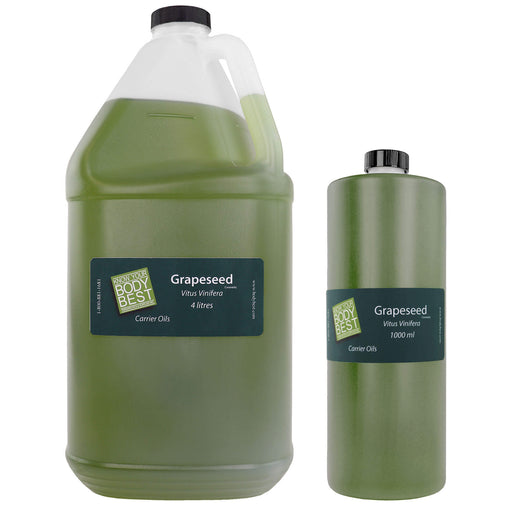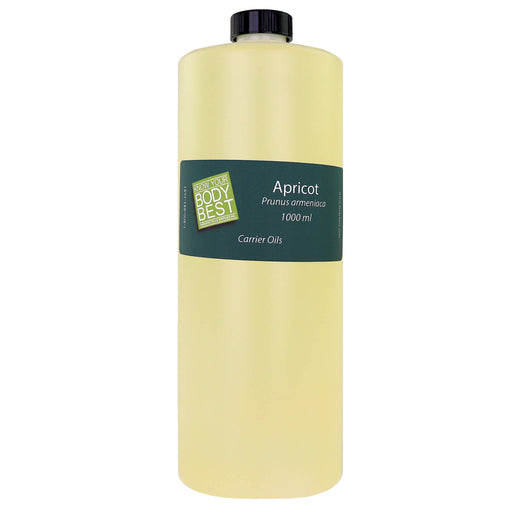over $250.00

How to Wash Your Hands Properly to Prevent Illness
Our skin is the barrier between our insides and the outside. It is the largest organ of the human body, measuring about two square meters on average. As creepy as some may find it, our skin is a playground for viruses, bacteria, fungi, and other microbes. Our nooks and crannies are positively teeming with tiny life forms. The Belly Button Biodiversity Project swabbed the navels of 60 people and found over 2,300 species of bacteria, 1,458 of which were previously unknown to science.
Our hands are perhaps most exposed of all, since they are constantly in contact with surfaces, objects, food, and other people.
With the advent of the COVID-19 virus, hand washing became one of the simplest and most obvious ways to help reduce its spread. All medical professionals and physical therapists need to understand how critical it is to keep our hands clean.
Hand sanitizer is useful in minimizing the transfer of pathogens via the hands, but it also kills beneficial bacteria. Soap, water, and technique form a better approach to simply produce clean hands.
Handwashing Steps for Your Health
1. Start with Warm Water
2. Applying Soap
3. Rinsing is Key
5. Don't Forget to Dry
Washing your hands is the first step in preventing the spread of illnesses
Key Times to Wash Your Hands
- Before AND after treating a client or patient
- Before, during, and after preparing food
- Before and after eating food
- Before and after caring for someone at home who is sick with vomiting or diarrhea
- Before and after treating a cut or wound
- After using the toilet
- After changing diapers or cleaning up a child who has used the toilet
- After blowing your nose, coughing, or sneezing
- After touching an animal, animal feed, or animal waste
- After handling pet food or pet treats
- After touching garbage
- After riding public transit
Featured collection
-
Original price $14.99 - Original price $124.99$14.99 - $124.99$14.99
Lowest Price per ml: $36.66
$9.99 - $109.99$9.99 - $109.99Current priceCurrent Price: $29.99
Price Per ml: $29.99
$9.99BodyBest Fractionated Coconut Massage Oil
BodyBestIn stockBenefits of BodyBest Fractionated Coconut Massage Oil Elevate your massage experience with our house-branded Fractionated Coconut Massage Oil, a pr...
View full detailsOriginal price $14.99 - Original price $124.99$14.99 - $124.99$14.99Lowest Price per ml: $36.66
$9.99 - $109.99$9.99 - $109.99Current priceCurrent Price: $29.99
Price Per ml: $29.99
$9.99Save up to 12% -
$0.00 - $0.00$0.00
Lowest Price per ml: $0.06
$14.99 - $59.99$14.99 - $59.99Current priceCurrent Price: $14.99
Price Per ml: $0.14
$14.99Golden Jojoba Oil
BodyBestOut of stockProfessional Golden Jojoba Oil for Clinical & Therapeutic Practice Golden Jojoba Oil is a professional-grade massage and treatment oil formulat...
View full details$0.00 - $0.00$0.00Lowest Price per ml: $0.06
$14.99 - $59.99$14.99 - $59.99Current priceCurrent Price: $14.99
Price Per ml: $0.14
$14.99Sold out -
$0.00 - $0.00$0.00
Lowest Price per ml: $0.03
$11.99 - $29.99$11.99 - $29.99Current priceCurrent Price: $11.99
Price Per ml: $0.04
$11.99Castor Oil
BodyBestIn stockProfessional Castor Oil for Targeted Therapeutic & Wellness Applications Castor Oil is a high-viscosity, professional-grade oil formulated for ...
View full details$0.00 - $0.00$0.00Lowest Price per ml: $0.03
$11.99 - $29.99$11.99 - $29.99Current priceCurrent Price: $11.99
Price Per ml: $0.04
$11.99 -
$0.00 - $0.00$0.00
Lowest Price per ml: $0.02
$29.99 - $99.99$29.99 - $99.99Current priceCurrent Price: $29.99
Price Per ml: $0.02
$29.99Grapeseed Oil
BodyBestOut of stockUses and Benefits of Grape seed Oil Grape seed oil has anti-inflammatory and antimicrobial properties. In addition, the oil is rich in omega chain ...
View full details$0.00 - $0.00$0.00Lowest Price per ml: $0.02
$29.99 - $99.99$29.99 - $99.99Current priceCurrent Price: $29.99
Price Per ml: $0.02
$29.99Sold out -
$0.00 - $0.00$0.00$29.99$29.99 - $29.99Current price$29.99
Apricot Oil Cold Pressed 1L
BodyBestOut of stockProfessional Cold-Pressed Apricot Oil for Massage & Body Treatments Cold-Pressed Apricot Oil is a lightweight, professional-grade massage oil f...
View full details$0.00 - $0.00$0.00$29.99$29.99 - $29.99Current price$29.99Sold out













